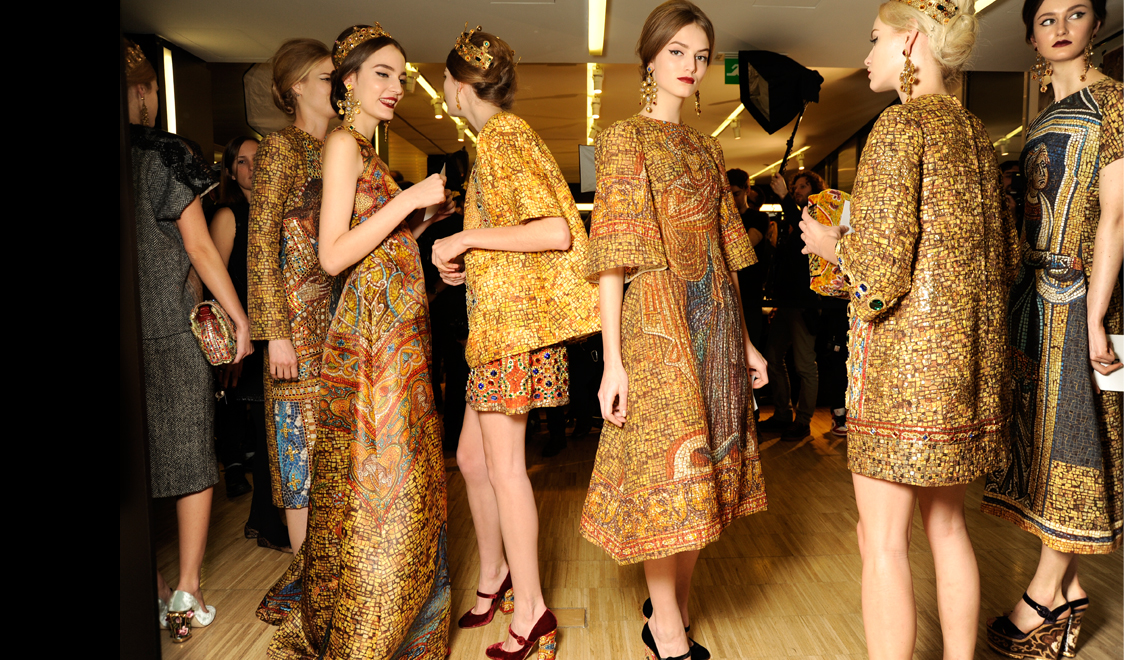
Picture the scene: a team of young, mainly female volunteers are busily helping fashion models to tie their shoelaces, fasten their dresses and zip up their boots. Hairpins lie strewn about the floor; models are queuing to have their hair blow-dried while others are speedily slipping in and out of different costumes ready for the catwalk. The moment arrives: the event organiser calls for the models to line up, and the show begins, with spectators eagerly awaiting the forthcoming spectacle inside the city’s grand banqueting and conference hall.
You could be forgiven for thinking this scene took place in a world-renowned fashion centre like London, Milan or Paris, but you’d be wrong. It’s actually an account of the nine-day-long Newcastle Fashion Week of 2014, as recorded by Guardian journalist Catherine Thomas-Bailey. It’s one of a number of clear signs that London is facing rising competition as the UK’s fashion capital.
The fact is that more and more cities are becoming intensely fashion friendly. That’s not simply evidenced in the proliferation of fashion shops, but in the spread of fashion shows to rival the capital’s in razzmatazz and chic, daring and glamour. The list of cities fed up with London Fashion Week getting all the attention is growing: in recent years, Bath, Birmingham, Durham, Manchester, Newcastle and Norwich have all launched fashion weeks of their own, supporting local design talent, boosting their local economies and exciting expanding interest and engagement among local consumers.
Given that the value of the UK’s fashion industry is estimated to be in excess of £26bn, it’s hardly surprising that talent residing well beyond the confines of the capital is seeking to participate in this phenomenal success. Lincoln, for example, not only has one of the most prestigious fashion undergraduate courses in the country, generating wave after wave of fresh talent every year, it’s university also hosts an annual fashion show featuring its own students as they showcase their flamboyant designs on the catwalk. The city also boasts a quaintly iconic string of independent boutiques and shops lining the cobbled streets of the ancient Bailgate area. Property experts Belvoir Lincoln estimate that Lincoln has over 200 independent boutiques and shops in total, making this beautiful city a delightful destination for true fashion lovers to come and find a home.
Further south, Brighton is revealing itself as a true up-and-coming fashion mecca, with boutiques such as Nola in Church Street offering designs by M Missoni, Paul & Joe Sister, and Chloé, while Tribeca in Bond Street sells offerings from Vanessa Bruno, Isabel Marant and gorgeous, swoon-inducing bags by Jas MB.
Meanwhile, a recent poll by leading fashion weekly Grazia put Liverpool at the top of the league table for the UK’s most stylish city, garnering a massive 70% of the vote. Liverpool and Manchester, of course, have acquired well-deserved reputations over the last few years as major fashion centres in their own rights, populated by dedicated stylistas and offering a dazzling array of shops and fashion events.
So, while London remains a major destination for fashion lovers, its claim to be the sole and absolute monarch of the UK’s thriving fashion industry can no longer be sustained. Watch out London: you’ve got plenty of rivals, and the list is growing.
